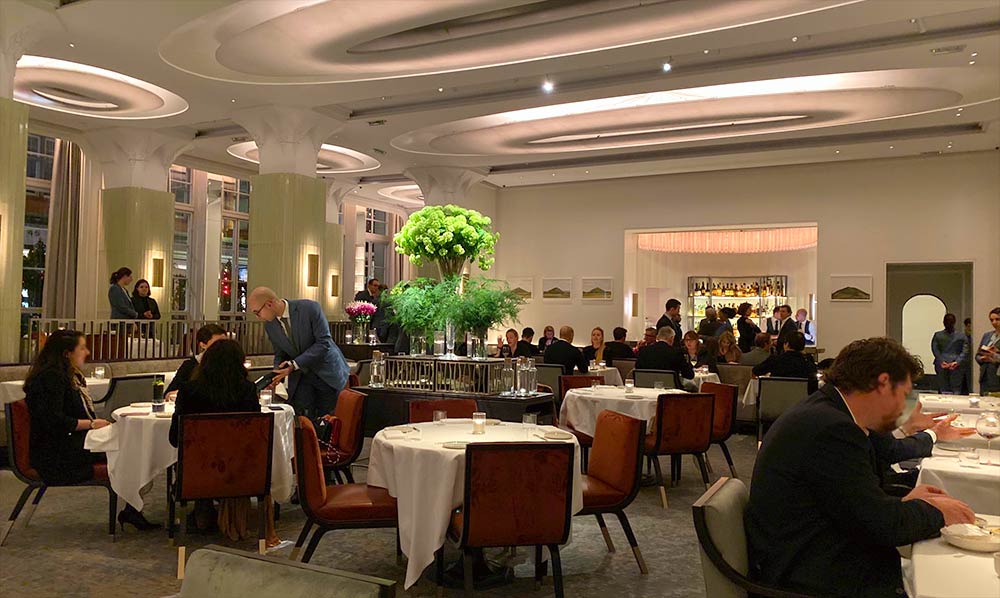For restaurant proprietors, consistently is loaded up with startling difficulties and new undertakings to be finished. Notwithstanding, the best restaurants can successfully oversee unforeseen circumstances and skim through the high points and low points of some random day. What is their mystery? Consider the accompanying tips that huge numbers of the best restaurant proprietors have utilized.
1. Understanding your job as a proprietor
The best restaurants are those which don’t depend on the proprietor to deal with each little detail. As a restaurant proprietor, you should be worried about the master plan with regards to your restaurant’s tasks, staffing, financing, and advertising. You can’t be liable for each little hindrance – there should be a dependable, roused staff set up to deal with every one of these divisions and they have to answer to you on a predictable premise. Most autonomous restaurant proprietors feel that they can deal with these territories all alone, and this is the place huge numbers of them run into issues.
2. Try not to miss the backwoods for the trees
As referenced above, putting an excess of accentuation on the day by day minutia is time detracted from other, progressively significant subtleties of your restaurant’s marketable strategy. You should consider bigger issues about what your business ought to do all in all. These issues could incorporate legitimate issues, construction regulations, zoning laws, diversifying, wellsprings of restaurant financing, extension, and other large picture points.
3. Activities, tasks, activities
The best entrepreneurs have considered their business’ activities. What is it, precisely, that recognizes those restaurants that can successfully deal with an enormous convergence of clients without slipping from the individuals who consistently have a long queue or moderate help? Think of a point by point plan for your restaurant’s tasks, including everything from buying, to cooking, to cleaning, and so on. On the off chance that you make this sort of point by point plan of activities, you can give the staff beneath you a solid arrangement for how every part of your restaurant should be run, permitting less space for slip-ups and botches.
4. Inside Plan
Inside structure can likewise represent the moment of truth a restaurant. Consider each part of the client’s understanding: what amount time do you anticipate that them should spend in your restaurant? What kind of cooking would you say you are serving? What kind of clients would you say you are pulling in? These inquiries (and some more) will decide the sort of inside structure you should actualize in your restaurant – and none is a higher priority than the other. For example, on the off chance that your restaurant serves food that clients need to eat rapidly and, at that point leave, you shouldn’t have to put as much time in making your restaurant look delightful; you should concentrate rather on the genuine design of the restaurant to guarantee that clients can rapidly move in and out.
5. Think about the menu
Much the same as your restaurant’s inside structure, the menu can likewise represent the moment of truth the client’s involvement with your restaurant business. Once more, think about your crowd. For some restaurant-goers, having a menu that is weighed down with spelling or language structure blunders, or one that is difficult to comprehend, can really affect their perspective on your restaurant foundation. You need to put on a show of being proficient – the least you can do is ensure that your menu’s substance is linguistically right, spelled right, and straightforward. Utilize tangible terms to portray your food yet keep them inconspicuous and don’t go over the edge: the client can measure for himself whether your food is really “finger-licking great.” And in conclusion, be certain that the substance on your menu streams pleasantly with the goal that the client can without much of a stretch explore its pages. The exact opposite thing you need to do is make your client bothered or baffled before he even takes a nibble of his food.

